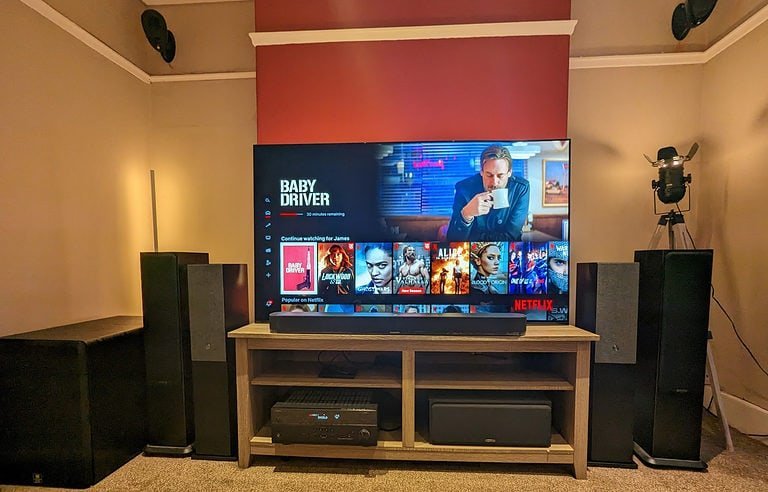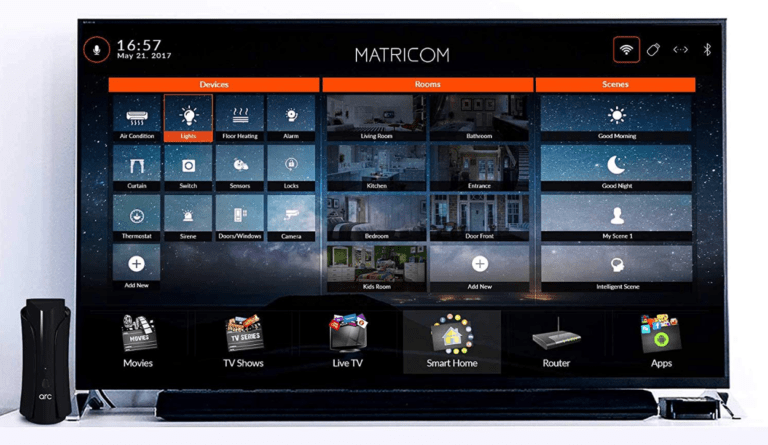Any links to online stores should be assumed to be affiliates. The company or PR agency provides all or most review samples. They have no control over my content, and I provide my honest opinion.
This article was originally published on Make the Sound Better. While I have updated most of the articles that have been transferred over, this article is unedited.
Understanding Mic Impedance Ratings
When it comes to recording and producing audio, choosing the right microphone is essential. However, many factors can affect the sound quality of a microphone, including its impedance rating. Mic impedance refers to the resistance of an electrical circuit that an audio signal experiences when passing through a microphone. In this article, we will explore the top 10 mic impedance ratings that can help enhance your sound quality.
What is Mic Impedance and Why Does it Matter?
As mentioned earlier, mic impedance is the resistance that an audio signal encounters when passing through a microphone. The impedance rating of a microphone is measured in ohms, and it can range from a few ohms to several thousand ohms. The impedance of a microphone is crucial because it affects the way the audio signal is transmitted through the cable and amplified by the preamp. Low-impedance microphones (less than 600 ohms) are the industry standard, and they require XLR cables to connect to a preamp.
Key Points About Microphone Impedance
- High impedance (Hi-Z):
- High impedance microphones typically have an impedance rating above 10,000 ohms (10 kΩ).
- They are commonly used in vintage or older microphones, instrument pickups, and some dynamic microphones.
- High impedance microphones require a high-impedance input or a dedicated high-impedance instrument input on an amplifier or audio interface.
- Low impedance (Lo-Z):
- Low impedance microphones typically have an impedance rating below 10,000 ohms (10 kΩ), often ranging from 50 to 600 ohms.
- Most modern microphones, including dynamic and condenser microphones, are designed with low impedance.
- Low impedance microphones offer several advantages, including better noise rejection, longer cable runs without signal degradation, and compatibility with a wide range of audio equipment.
- Matching impedance:
- It’s generally recommended to match the microphone’s impedance to the input impedance of the audio device for optimal performance.
- Most professional audio devices, such as audio interfaces, mixing consoles, and preamplifiers, have input impedance designed for low impedance microphones (typically 150 to 600 ohms).
- When connecting a low impedance microphone to a high impedance input or vice versa, impedance matching devices like transformers or impedance matching adapters can be used to achieve proper signal transfer.
- Cable considerations:
- Impedance also plays a role in cable selection. Low impedance microphones are less susceptible to noise and signal loss over long cable runs compared to high impedance microphones.
- For low impedance microphones, balanced cables (such as XLR cables) are commonly used, which help reject noise and interference over the cable length.
- Impedance and frequency response:
- While impedance affects the microphone’s electrical characteristics, it does not directly determine the microphone’s frequency response or sound quality.
- The frequency response of a microphone is determined by its design, diaphragm, and other factors, rather than its impedance rating.
Factors that Affect Mic Impedance Ratings
Several factors can affect the impedance rating of a microphone, including the type of microphone, the length of the cable, and the type of preamp used. For example, some microphones have a transformer-coupled output, which can add warmth to the sound but also increase the impedance rating. In contrast, active electronics can improve signal strength and quality but also increase the noise floor.
How to Choose the Right Mic Impedance for Your Setup
Choosing the right mic impedance for your setup depends on several factors, such as the type of microphone, the length of the cable, and the type of preamp used. As a general rule, low-impedance microphones are the industry standard and can be used with most preamps. However, high-impedance microphones may be better suited for guitar amps and other instruments. Medium-impedance microphones are a versatile option for recording, while transformer-coupled microphones can add warmth to the sound.
Top 10 Mic Impedance Ratings for Enhanced Sound Quality
The following are the top 10 mic impedance ratings that can help enhance your sound quality:
1. Low-Impedance: The Industry Standard
Low-impedance microphones (less than 600 ohms) are the industry standard, and they can be used with most preamps. They require XLR cables to connect to a preamp and have a balanced output, which reduces the noise and interference picked up by the cable.
2. High-Impedance: Ideal for Guitar Amps and Other Instruments
High-impedance microphones (over 10,000 ohms) are ideal for guitar amps and other instruments that have a high impedance output. They can be connected directly to the amp without the need for a preamp.
3. Medium-Impedance: A Versatile Option for Recording
Medium-impedance microphones (between 600 and 10,000 ohms) are a versatile option for recording. They can be used with most preamps and have a balanced output.
4. Transformer-Coupled: Adding Warmth to Your Voice
Transformer-coupled microphones have a transformer in the output stage, which can add warmth and color to the sound. However, they also increase the impedance rating and may require a preamp with a high input impedance.
5. Active Electronics: Improving Signal Strength and Quality
Microphones with active electronics have an amplifier in the output stage, which can improve the signal strength and quality. However, they also increase the noise floor and require a power source.
6. Ribbon Mics: Delivering a Vintage Sound
Ribbon microphones have a ribbon element that vibrates between two magnetic poles, producing a vintage sound that is warm and smooth. However, they have a low output level and may require a preamp with a high input impedance.
7. Dynamic Mics: Perfect for Live Performances
Dynamic microphones are rugged and durable, making them perfect for live performances. They have a low output level but can handle high sound pressure levels without distortion.
COMPARISON TABLE:
| Mic Impedance Rating | Ideal for | Output Level | Preamp Requirements |
|---|---|---|---|
| Low-Impedance | Most setups | High | Balanced Output, XLR Cable |
| High-Impedance | Guitar Amps, Instruments | Low | Direct Connection to Amp |
| Medium-Impedance | Versatile Recording | High | Balanced Output |
| Transformer-Coupled | Warmth and Color | Low | High Input Impedance Preamp |
| Active Electronics | Signal Quality | High | Power Source |
| Ribbon Mics | Vintage Sound | Low | High Input Impedance Preamp |
| Dynamic Mics | Live Performances | Low | N/A |
Conclusion: Maximizing Your Sound Quality with Mic Impedance Ratings
Mic impedance ratings play a crucial role in determining the sound quality of your recordings. By understanding the different types of mic impedance ratings and their respective advantages and disadvantages, you can choose the right microphone for your setup and enhance the quality of your recordings. Whether you are recording vocals, instruments, or live performances, there is a mic impedance rating that can help you achieve the perfect sound.
I am James, a UK-based tech enthusiast and the Editor and Owner of Mighty Gadget, which I’ve proudly run since 2007. Passionate about all things technology, my expertise spans from computers and networking to mobile, wearables, and smart home devices.
As a fitness fanatic who loves running and cycling, I also have a keen interest in fitness-related technology, and I take every opportunity to cover this niche on my blog. My diverse interests allow me to bring a unique perspective to tech blogging, merging lifestyle, fitness, and the latest tech trends.
In my academic pursuits, I earned a BSc in Information Systems Design from UCLAN, before advancing my learning with a Master’s Degree in Computing. This advanced study also included Cisco CCNA accreditation, further demonstrating my commitment to understanding and staying ahead of the technology curve.
I’m proud to share that Vuelio has consistently ranked Mighty Gadget as one of the top technology blogs in the UK. With my dedication to technology and drive to share my insights, I aim to continue providing my readers with engaging and informative content.







